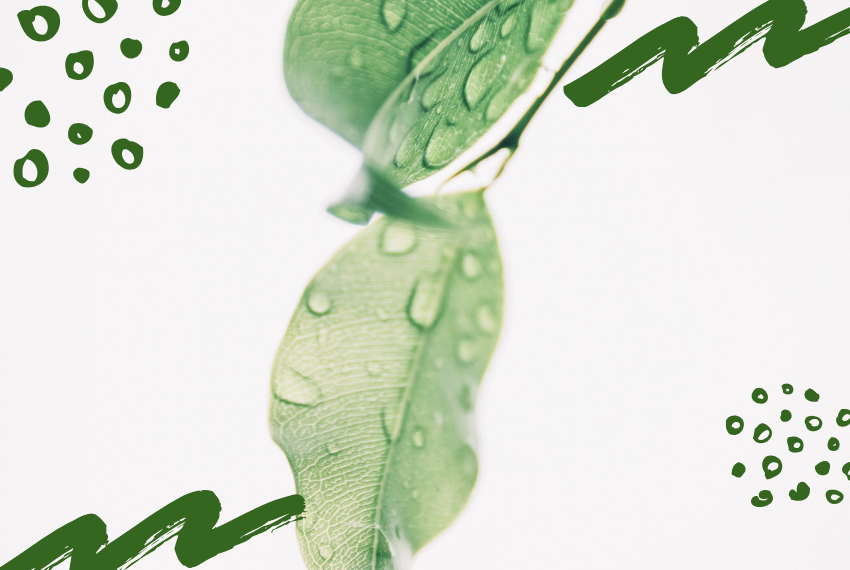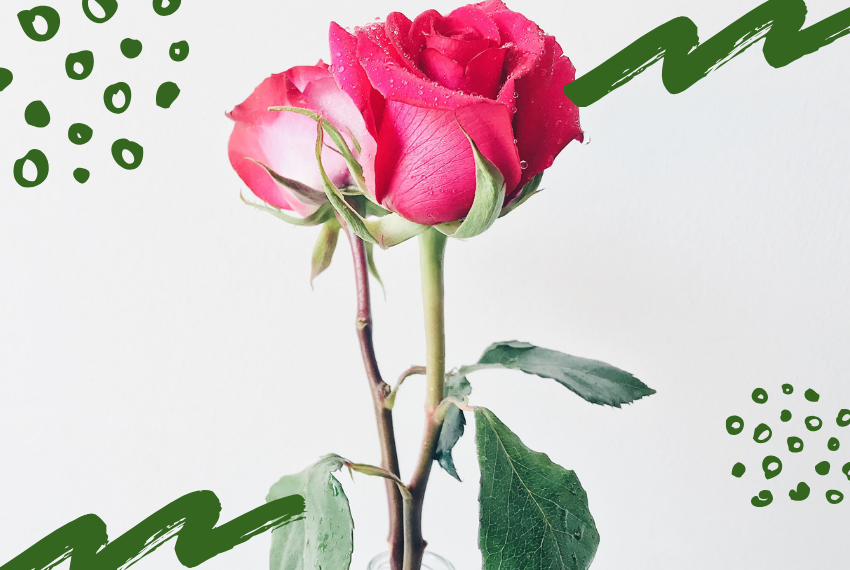Hydrosols and how to use them
From toning the skin to cooling hot feet, hydrosols have lots of practical uses.
One of the simplest but most effective parts of any skincare routine is a spritz or a splash of toning hydrosol. These cooling waters help to brighten skin and slough away dead skin cells while being gentle enough not to make breakouts worse.
I'll let you in on a secret though: I didn't actually know what hydrosols were when I began using them. I'd handled them enough at Go Native NZ to be familiar with their unique scents (more subtle and often fruitier than their essential oil counterparts) and their watery viscosity (viscosity becomes something you're very aware of when you're pouring different substances daily!). Since then, I've done my homework...
What are hydrosols?
Hydrosols are the pure co-product of the steam distillation of plant material. That sounds complicated, but really the process is simple. When plants are steam distilled to produce essential oils, some valuable compounds of the plant – that are not found in the essential oil – become dissolved in the distillation water.This condensed fragrant steam is known as a hydrosol. It's supercharged water containing some drops of the essential oil as well as water-soluble plant properties, which are said to be anti-inflammatory and non-irritating for sensitive skin.
Hydrosols are also known by a few other names, such as hydolate, hydrolat, aromatic water, and floral water. At Go Native New Zealand, we now stock only natural, pure hydrosols - those generated via the steam extraction of essential oils.

How do hydrosols benefit the skin?
Hydrosols are impregnated with water-soluble (hydrophilic) compounds that are not present in essential oils. Soothing, anti-inflammatory carboxylic acids are said to be found almost exclusively in hydrosols. Each individual hydrosol also has its own unique benefits according to the plant it's made from, listed below.
OUR RANGE:
- NZ lavender – calming and soothing, said to be great for acne-prone skin
- NZ rose – said to help revive and refresh dry, damaged skin
- NZ kanuka - could be useful on skin conditions such as acne, eczema and for balancing oily skin
- NZ manuka - could be useful as a skin toner for balancing oily skin and for uplifting mood
- Organic tea tree – said to help reduce swelling and skin redness
- Chamomile – said to help reduce irritation, recommended for sensitive skin types
- Frankincense – energising, said to help support healthy skin, spiritual aroma for yoga and meditation
- Jasmine – sweet floral aroma, said to be rich in antioxidants, can help balance mind, body and spirit
- Geranium – said to help balance all skin types and helps to retain moisture
- Neroli – versatile with a calming aroma, said to help to tighten pores and soothe sunburn
- Ylang-ylang – sweet and emotionally uplifting, said to be ideal for oily skin
A bit of history
There was a time way back when (we're talking before the Middle Ages) when essential oils were seen as an unimportant by-product of the water distillation process of botanicals. It was hydrosols people were after. Along with infused vegetable oils and all sorts of other ointments, hydrosols were used by the Egyptians, Greeks, and Romans for healing purposes.In time, essential oils overtook hydrosols in popularity, largely because they were so much lighter and cheaper to transport, and they were also viewed as more precious. By the early 20th century, hydrosols were even being discarded once essential oils had been extracted. Recently the pendulum has swung the other way, and there's once again a demand for these waters, and it's easy to see why.

How to use hydrosols
Hydrosols are super versatile and can be used in skin care products replacing some or all of the water portion in recipes.
They're also gentle yet powerful therapeutic agents in their own right. One of the easiest ways to experiment is to get a hydrosol of your choice, along with a mister. You now have a versatile spray, which can serve as:
- Facial mist/toner
- Body spray
- Hair perfume
- Cooling foot spray
- Laundry spray
- Car freshener
- Yoga mat/meditation spray
Some other practical uses:
- Hydrosols are an excellent daily skin care treatment for most skin types
- As a toner for all skin types
- Add to clay or mud to make face masks (in place of water)
- Use before or after shaving to help soothe skin
- It can be used for infants as a room spray for calming sleep, in the bath or spritzed on a cloth for an alternative to baby wipes
- Young children can use it as their own personal and non-allergenic perfume mist
- It is also useful as a gentle soothing after-sun spray
Storage and shelf-life
Hydrosols are much more volatile than essential oils, and so it's important to be aware of the different factors that can affect shelf-life. These include the specific botanical of the hydrosol, pH level, and how it has been bottled and stored. Some suppliers use preservatives to extend the life of hydrosols; at Go Native NZ we do not, wishing to ensure the purity of the natural product.It's best to keep hydrosols in a cool dark place, or even in the fridge. At Go Native NZ, we sell our hydrosols in light-protecting amber glass bottles up to 250ml, PET amber plastic at 500ml, and in BPA-free plastic jerry cans for 1L and 5L volumes. In order to visually gauge the health of your hydrosols, it's wise to decant them into a clear glass jug before using.
How to tell if a hydrosol has gone bad
Because hydrosols are a natural product, variations are totally normal. Weather, soil and geographical conditions all have an effect on the end product. Hydrosols can look milky or clear, with visible drops of essential oil inside. Contaminated, however, ageing hydrosols can sometimes grow a bloom. These are swirling substances that tend to sink towards the bottom of a hydrosol that has gone bad. Lift the bottle or jug to eye level and gentle tilt and you'll see the bloom "dance". Once a hydrosol has a bloom, it's past its best; it's not possible to remove this sort of contaminant with filters.
If you want to carefully monitor for contamination, record the pH level of your hydrosol when it arrives so you can look for changes over time. As a rule of thumb, hydrosols with a pH of over 5.00 will last between 12 and 18 months.


Comments